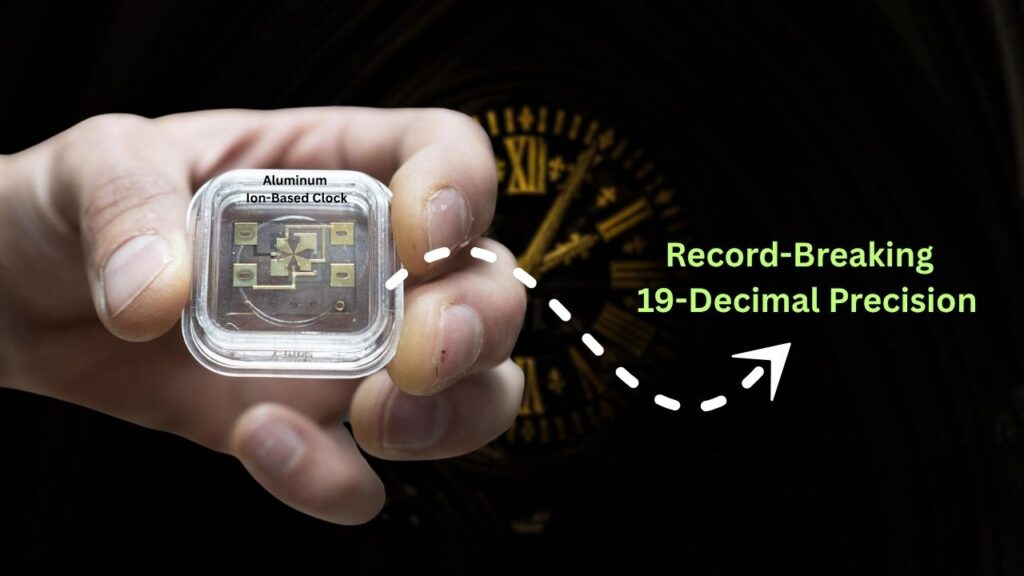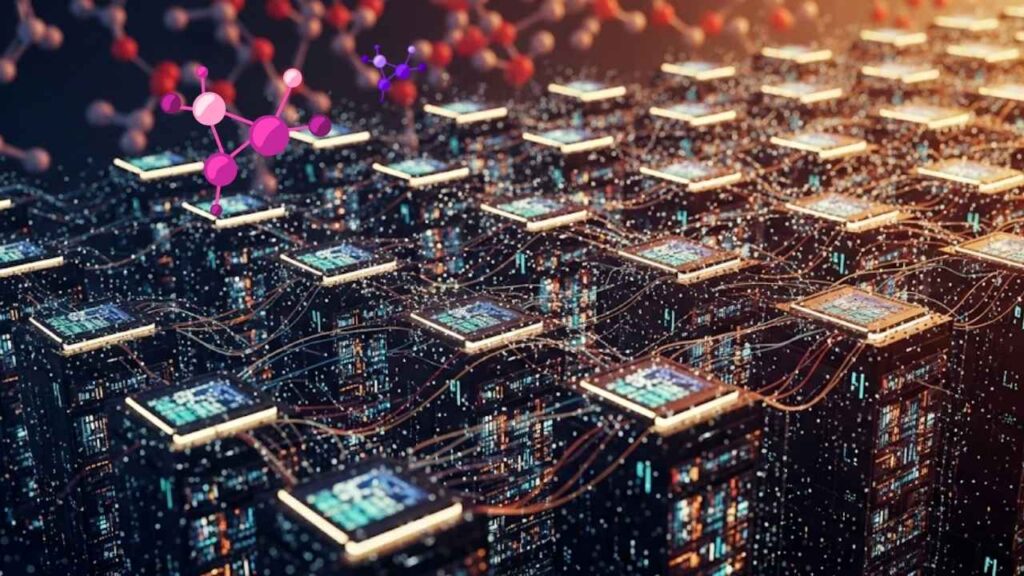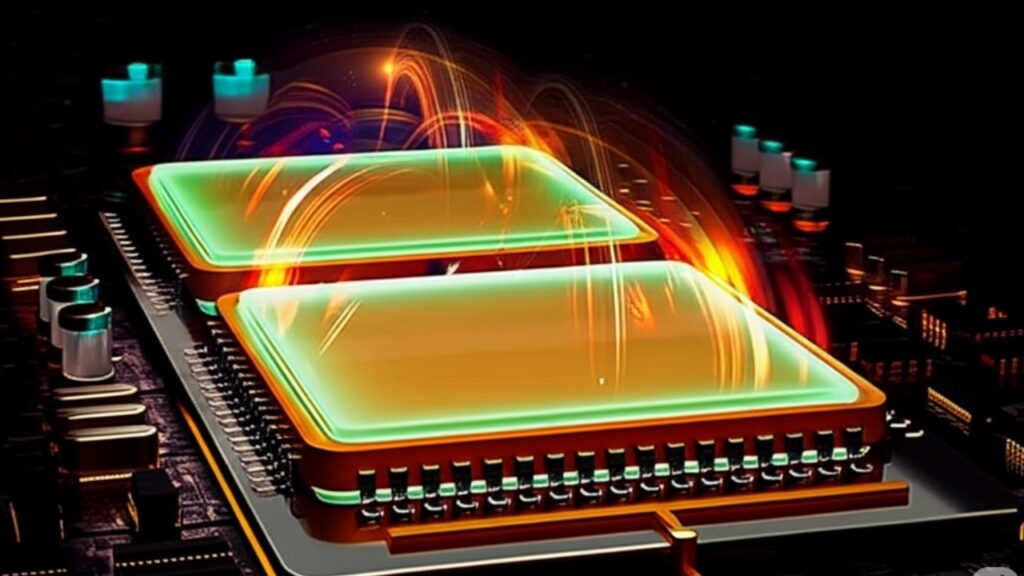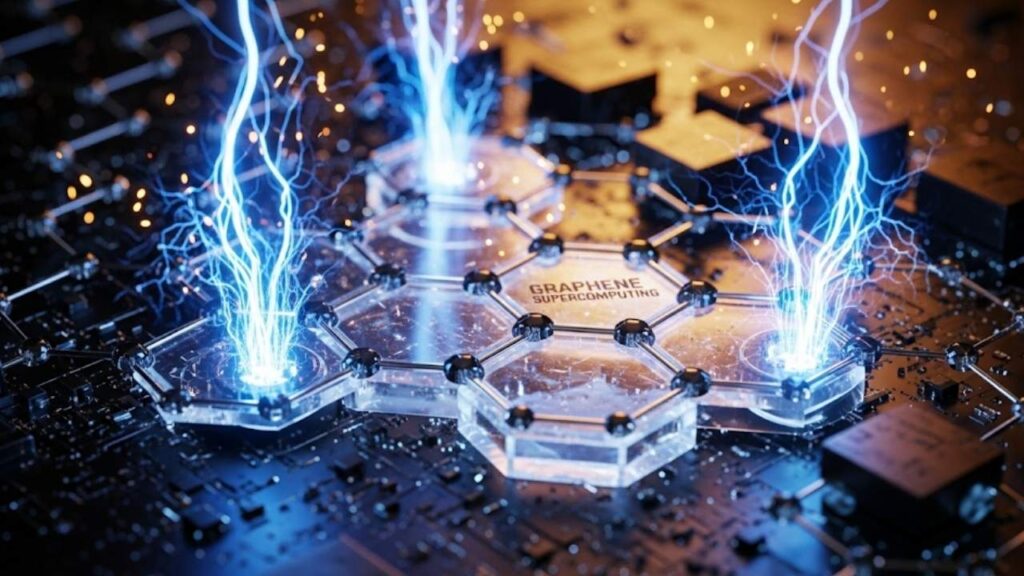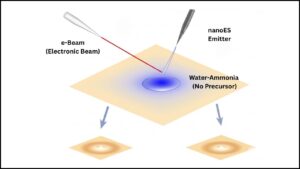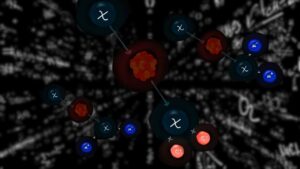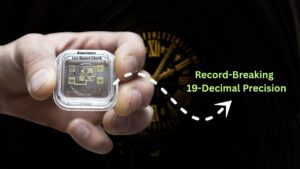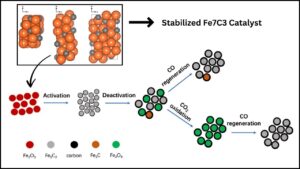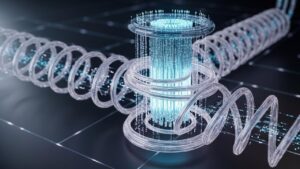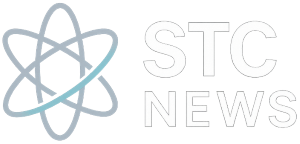Quantum computing is one of the most exciting frontiers in science and technology today. These powerful machines promise to solve problems that are impossible for even the fastest supercomputers. But as quantum computers become more advanced, a new challenge has emerged: How do we verify that their answers are correct when traditional computers can’t keep up? In 2025, scientists have unveiled a breakthrough method that allows quantum outputs to be cross-checked using traditional computers, making quantum computing more trustworthy and accessible than ever before.
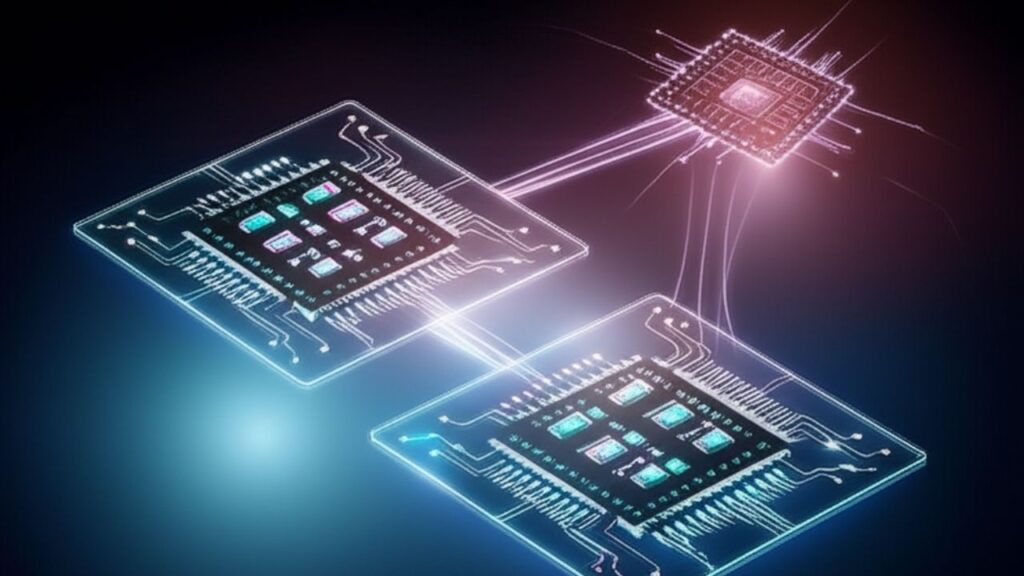
Table of Contents
Breakthrough Method Allows Scientists to Cross-Check Quantum Outputs on Traditional Computers
| Feature/Topic | Details & Stats |
|---|---|
| Breakthrough Verification Method | New protocols allow quantum results to be checked using classical computers, even when full simulation is impossible. |
| Industry Impact | Major companies are advancing quantum error correction and verification protocols, accelerating adoption in finance, chemistry, and cybersecurity. |
| Real-World Demonstrations | Certified quantum randomness and cross-platform verification have been tested on multiple quantum hardware types. |
| Career Opportunities | Growing demand for quantum algorithm designers, error correction engineers, and quantum-classical interface specialists. |
Understanding the Quantum Verification Challenge
Let’s imagine you have a calculator that’s so advanced, it can solve puzzles no one else in the world can. But if no other calculator is smart enough to check its answers, how do you know it’s right? This is the problem scientists face with quantum computers.
Quantum computers use special units called qubits, which can exist in multiple states at once.
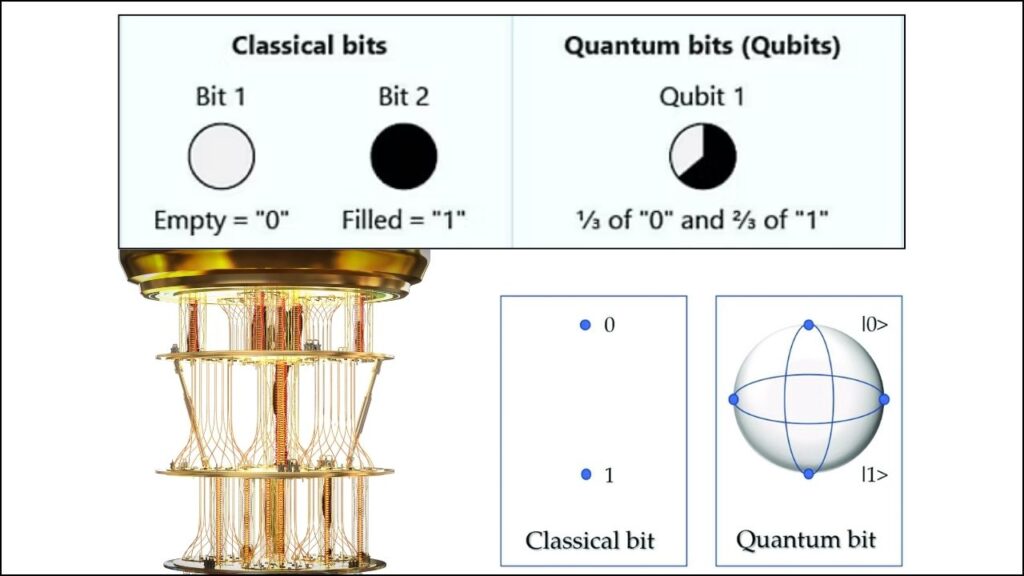
This allows them to process information in ways that traditional computers simply can’t. For small problems, scientists can use regular computers to check the quantum answers. But for big, complex problems—like simulating molecules for new medicines or optimizing global supply chains—no classical computer can verify the results directly. This leads to a crucial question: How can we trust quantum computers when their answers can’t be checked the old-fashioned way?
The Breakthrough: Cross-Checking Quantum Outputs with Traditional Computers
In 2025, researchers introduced a new protocol that solves this problem. This method allows scientists to verify quantum results with classical computers, even when those results are too complex for full classical simulation.
How does this work?
The new method doesn’t try to check every single calculation. Instead, it focuses on problems where the final answer is easy to verify, even if the way to get there is complicated. For example, the quantum computer might solve a puzzle that’s very hard to work out, but once you see the answer, it’s easy to check if it’s correct.
The protocol also allows scientists to run related tasks on different quantum computers or on the same device in different ways. If the results match in certain key places, it’s strong evidence that the quantum computer is working as it should.
Why Is This Breakthrough So Important?
1. Building Trust in Quantum Computing
Trust is essential for any new technology, especially one as powerful as quantum computing. If businesses, scientists, and governments can’t verify quantum results, they won’t use them for important decisions. This new method provides a way to build that trust, making it possible to use quantum computers for real-world applications with confidence.
2. Enabling Cross-Platform Comparisons
Quantum computers come in many forms—some use superconducting circuits, others use trapped ions, photons, or even nuclear magnetic resonance.

The new verification protocols work across these different types of hardware, allowing for fair comparisons and industry benchmarks. This helps researchers and companies choose the best technology for their needs.
3. Accelerating Adoption in Critical Fields
With reliable verification, industries like finance, pharmaceuticals, logistics, and cybersecurity can start using quantum computers for tasks that were previously too risky. This could mean faster drug discovery, better financial modeling, and more secure communications.
How Quantum Verification Works: A Step-by-Step Guide
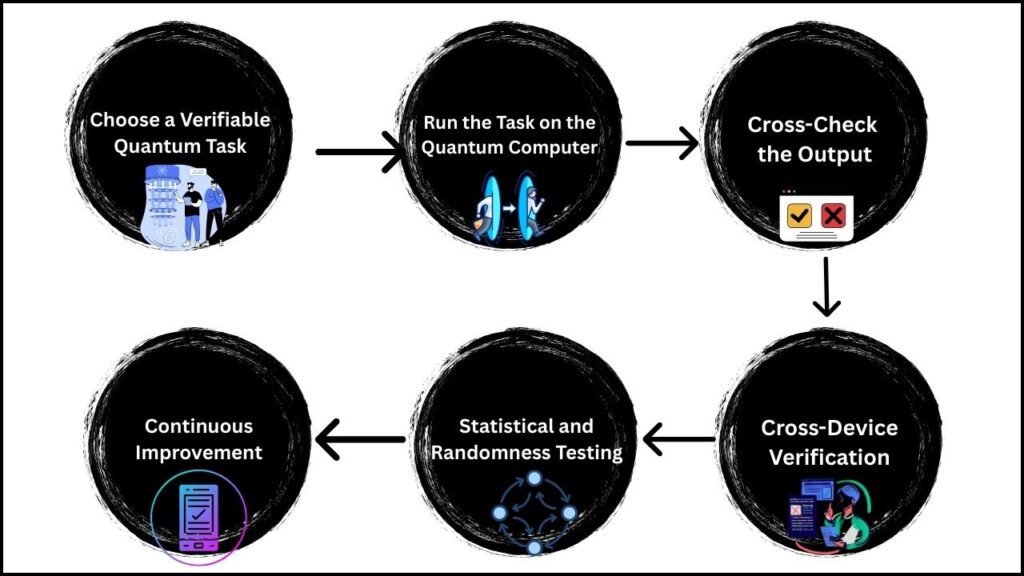
Step 1: Choose a Verifiable Quantum Task
The first step is to pick or design a problem that is:
- Extremely hard for classical computers to solve,
- But easy for classical computers to check once the answer is known.
Example: Imagine a quantum computer is asked to find the lowest energy state of a molecule. Finding the answer is tough, but checking if a given state really is the lowest is much easier.
Step 2: Run the Task on the Quantum Computer
The quantum device performs the complex calculation and produces an answer, such as a string of numbers or a specific measurement.
Step 3: Cross-Check the Output
Instead of simulating the entire process, a classical computer checks the final answer. This could involve:
- Plugging the answer into an equation to see if it fits,
- Comparing it to known benchmarks,
- Or using statistical tests to see if the output matches what quantum theory predicts.
Step 4: Cross-Device Verification
Sometimes, scientists run related but different tasks on multiple quantum computers or on the same device in different ways. If the outputs agree where they are supposed to, it’s strong evidence that the computers are working correctly.
Step 5: Statistical and Randomness Testing
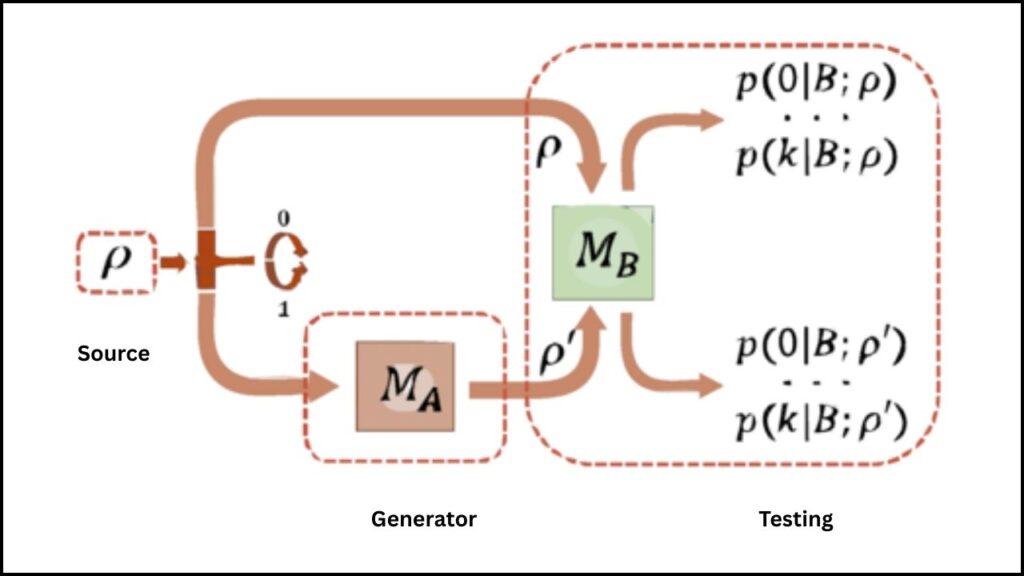
For tasks like generating random numbers, scientists use statistical tests to ensure the results are truly random and not something a classical computer could fake. This is important for things like secure communications and cryptography.
Step 6: Continuous Improvement
As quantum computers get more powerful, these verification methods are updated and improved, allowing even more complex tasks to be checked.
Real-World Example: Certified Quantum Randomness

Random numbers are crucial for secure communications, online banking, and even scientific research. In 2025, a quantum computer generated certified random numbers that were verified using traditional supercomputers. This process involved running the quantum computer through a series of tests and then using classical computers to check if the randomness matched what quantum theory predicts.
This achievement is significant because it proves that quantum computers can do things that classical computers can’t, while still providing a way to verify their results. It’s a major step forward for both security and trust in quantum technology.
The State of Quantum Verification in 2025
Industry Progress and Milestones
Major technology companies are racing to build more reliable and scalable quantum computers. They are investing heavily in error correction, verification protocols, and cross-platform benchmarking. This is leading to rapid progress in making quantum computing practical for real-world use.
Error Correction: The Next Big Step
Quantum computers are incredibly sensitive to errors, which can ruin calculations. Error correction is a set of techniques that detect and fix these mistakes in real time. New architectures and protocols are being developed to support thousands or even millions of qubits, making large-scale quantum computing possible.
Career Opportunities in Quantum Verification
As quantum computing grows, so does the need for skilled professionals. There is a high demand for:
- Quantum algorithm designers,
- Engineers who specialize in error correction,
- Experts in quantum-classical interfaces,
- Researchers in verification protocols.
Universities and companies are offering more training and career paths in this exciting field.
Practical Advice: How to Get Involved in Quantum Verification
Whether you’re a student, a researcher, or a technology enthusiast, there are many ways to join the quantum revolution:
- Learn the Basics: Start with online courses in quantum computing and quantum information. Many universities and companies offer free resources.
- Experiment with Simulators: Platforms allow you to run quantum circuits on simulators and real quantum hardware, helping you understand how quantum computers work.
- Study Verification Protocols: Keep up with the latest research and breakthroughs in quantum verification.
- Join Quantum Communities: Participate in forums, webinars, and hackathons focused on quantum error correction and verification.
- Explore Career Paths: There is growing demand for professionals in quantum computing, especially in verification and error correction.
Randomness Unlocked as the Secret Fuel Behind Quantum Computing Power
Quantum Networking May Be the Missing Link to Unlocking Scalable Quantum Computing
PsiQuantum Study Reveals Roadmap For Loss-Tolerant Photonic Quantum Computing
FAQs About Cross-Check Quantum Outputs on Traditional Computers
Q1: Why can’t classical computers always check quantum answers?
For small problems, they can. But for large quantum tasks, it would take a classical computer millions of years to check the answer. That’s why new verification methods are essential.
Q2: Are these verification methods perfect?
No method is flawless, but these protocols provide strong confidence in quantum results, especially when combined with statistical and cross-device checks.
Q3: What kinds of problems are best for quantum verification?
Problems where the answer is easy to check, like certain energy levels or randomness tests, are ideal. More complex problems may require new strategies.
Q4: Does verification slow down quantum computing?
Some verification steps take extra time, but they are crucial for trust and reliability. As techniques improve, verification is becoming faster and more efficient.
The Future of Quantum Verification
The breakthrough method for cross-checking quantum outputs using traditional computers marks a turning point in quantum computing. It provides the trust and reliability needed for quantum technology to move from the lab into everyday life. As verification protocols continue to improve, we can expect quantum computers to play a bigger role in solving some of humanity’s most complex challenges.
The journey is just beginning, and there are countless opportunities for students, professionals, and researchers to contribute to this exciting field. With the right tools and knowledge, anyone can be part of the quantum future.
